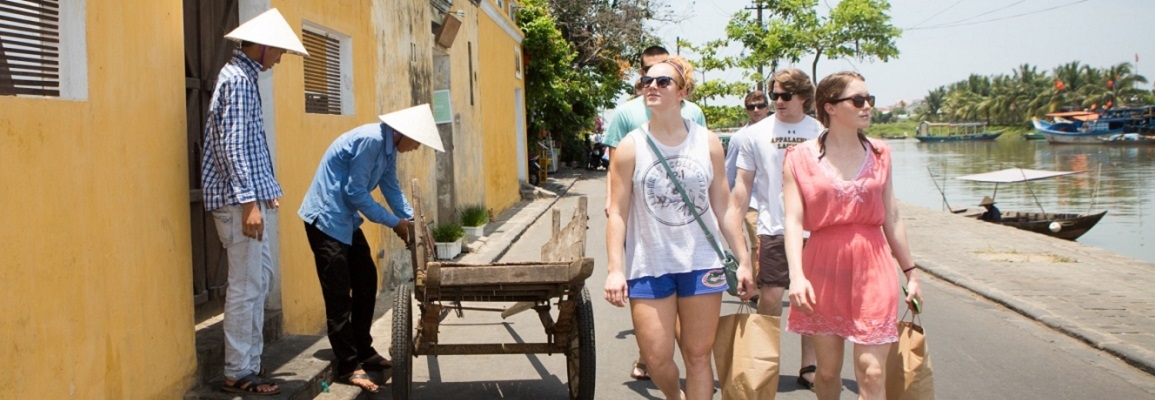According to the US State Department traffic accidents are a leading cause of death of Americans abroad and should be at the forefront of students’ minds when planning their study abroad experience and while abroad. This is true whether a student will be staying in a developing or industrialized country.
The Association for Safe International Road Travel (ASIRT) provides the following safety precautions:
- Select the safest form of transportation in the travel area
- Avoid late-night road travel in countries with poor safety records and/or mountainous terrain
- Understand how seasonal hazards affect road conditions (i.e. floods, snow, etc.)
- Know the dates of local holidays (when road accident rates rise)
Pedestrian Safety Tips:
- Be aware of traffic patterns in the travel area (i.e. driving on the other side of the road, not stopping at red lights, etc.)
- Be especially alert at intersections
- Wear reflective clothing if jogging at dusk or dawn (especially in locales where jogging may be uncommon)
- Do not walk where pedestrians cannot easily be seen
- Remember that most road fatalities are pedestrians
- Do not hitchhike
Passenger Safety Tips:
- Avoid riding with a driver who appears intoxicated, irrational, or over-tired
- Always ride in the back seat of a taxi cab
- Wear seat belts whenever possible
Many students are tempted to rent cars, mopeds, or motorbikes during their time abroad, but often do so without regard to the risks of driving in a country whose rules of the road are unfamiliar. While we understand this appeal the Education Abroad Office does not recommend it. Doing so will put students at greater risk of injury or death since they will be unaccustomed to local driving practices and traffic patterns.
Traveling in some developing countries may pose additional road risks. Public transportation in some areas may consist of overcrowded, overweight, and top-heavy minivans or buses. Taxicabs may not appear to be in good condition; drivers may or may not be licensed. Sidewalks may or may not be lit, or exist at all. In these cases, follow the advice of the on-site staff or your program leader. They can teach you how to minimize your risk when selecting various modes of transportation.
Resources
Water Safety
Everyone, no matter how strong a swimmer, should exercise extreme caution when swimming abroad. This is particularly important in developing countries where emergency services may not be readily available, or in locations where rip currents are a known danger, but is relevant everywhere as accidents involving water are one of the most common causes of accident and death among young Americans abroad. There may be no lifeguards or signs warning of dangerous beaches. Also, in locations that experience heavy seasonal rains, currents can rapidly change in strength and speed.
If swimming or water experiences are a part of your experience abroad or available in side trips you make take students should take the following safety tips into consideration:
- Do not swim alone or in areas without lifeguards
- Heed all warning signs/flags and understand how to manage rip currents
- Be clear about your swimming abilities
- Never dive head first into an unfamiliar body of water
- Develop a “safety plan” with fellow swimming companions
- Refrain from consuming alcohol prior to swimming activities
- Wear a life jacket
